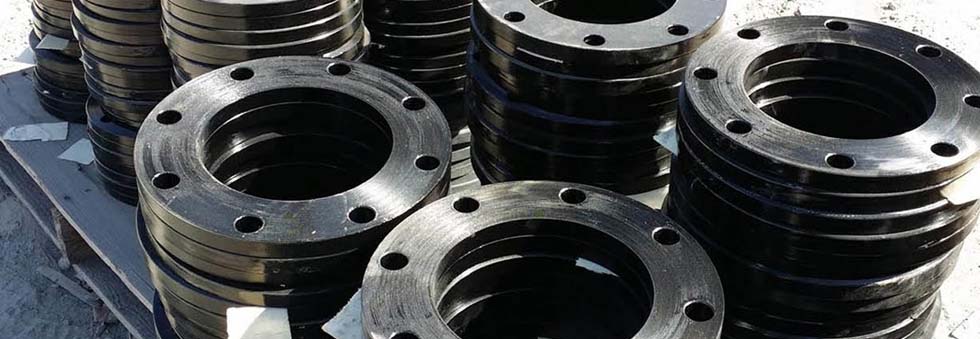The role of carbon steel flanges in pipeline construction and maintenance

Carbon steel flanges play a critical role in pipeline construction and maintenance. They are used to connect pipes and pipe sections, and to change the direction or diameter of the pipeline. In pipeline construction, flanges are used to connect the different sections of pipe together, allowing for easy installation and maintenance. In the event that a section of pipe needs to be replaced or repaired, the flanges make it easy to disconnect and reconnect the pipe without having to disturb the entire pipeline.
Flanges also play a crucial role in the proper functioning of a pipeline. They are used to control the flow of liquids and gases, and to regulate the pressure within the pipeline. They also help to prevent leaks and spills, which can cause environmental damage and financial losses.
In addition, flanges are used to connect pipes to other equipment, such as pumps, valves, and tanks. This allows for easy access to the pipeline for maintenance and repair.
Carbon steel flanges are known for its strength and durability, and are suitable for use in high-pressure and high-temperature systems. They are also relatively inexpensive compared to other materials, making them a cost-effective option for pipeline construction and maintenance.
Overall, carbon steel flanges play an essential role in the construction and maintenance of pipelines, ensuring that the pipeline is functioning correctly and protecting the environment and people from potential harm. It is important to choose the right type and grade of flanges for the specific application and environment, and to use them in accordance with the industry standards.